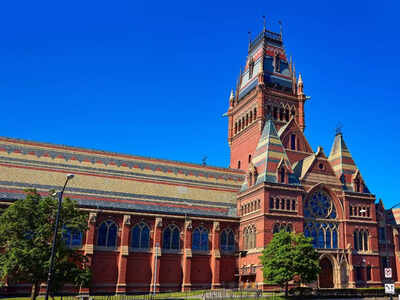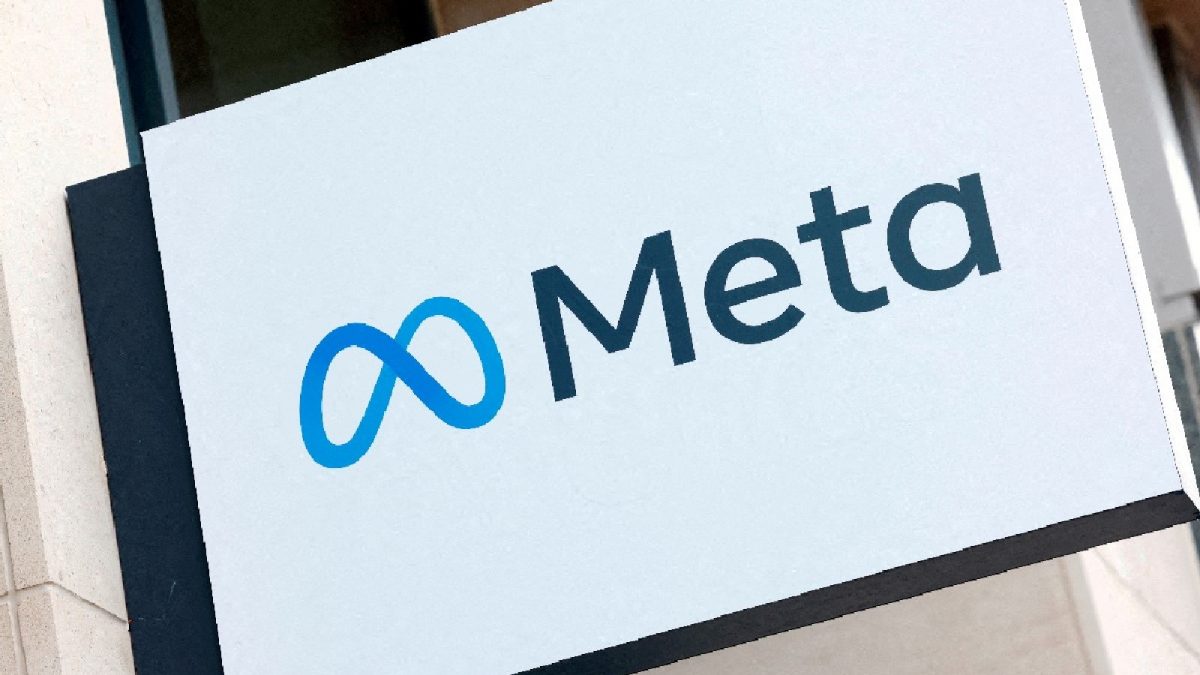ARTICLE AD BOX

Harvard’s Class of 2029 sees fewer Black and Hispanic students
The share of Black and Hispanic students in Harvard College’s freshman class has fallen for a second straight year, according to data obtained by The Harvard Crimson. The decline comes as universities across the United States continue to adjust to the Supreme Court’s 2023 decision that ended the use of race in college admissions.
Enrollment shifts after affirmative action ruling
Hispanic enrollment in the Class of 2029 is 11 percent, down from 16 percent in the previous year’s class. Black enrollment is 11.5 percent, a drop of about 2.5 percentage points. The Harvard Crimson noted that the decrease for Black students was smaller than the previous year’s 4 percentage point fall.Asian American enrollment rose from 37 percent to 41 percent, while 8 percent of students chose not to report their race.
Harvard did not release the proportions of students who identified as white or with multiple racial backgrounds.The changes come in the second year after the Supreme Court’s 2023 ruling in Students for Fair Admissions v. Harvard, which ended the use of race as a factor in college admissions. Since that decision, the composition of Harvard’s incoming classes has drawn close attention.According to The Crimson, other universities such as Yale and Princeton have also reported declines in underrepresented minority enrollment.
Princeton’s proportion of Black freshmen this year was its lowest since 1968.
Fewer applications, higher acceptance rate
Harvard’s acceptance rate rose to 4.18 percent from 3.65 percent the previous year. The increase followed a drop in the number of applications, which fell from 54,008 for the Class of 2028 to 47,893 for the Class of 2029.This was also the first year since the pandemic that Harvard required applicants to submit SAT or ACT scores. The five-year test-optional policy ended last year. The Crimson reported that the return to testing may have discouraged some students from applying.Of the 2,003 students who received offers, 1,675 enrolled. The yield rate stood at 83.6 percent, marking the fifth year it has remained above 83 percent.
International students and political tensions
International students make up 15 percent of the Class of 2029, down from 18 percent the previous year. The Crimson reported that the decrease came during a tense period between Harvard and the Trump administration over visa and certification issues.In May, the administration revoked Harvard’s Student and Exchange Visitor Program certification, which would have blocked international enrollments. Federal judges issued temporary orders that allowed students to begin the academic year.Harvard responded by extending waitlist admissions beyond the usual June 30 deadline and allowing international admits to accept offers from universities outside the United States while keeping their Harvard spot. According to The Crimson, 75 students were admitted from the waitlist this year, compared to 41 last year.
Financial aid and access
The Class of 2029 is the first admitted under Harvard’s expanded financial aid program. Students from families earning less than $200,000 a year are eligible for free tuition. About 45 percent of the class will attend tuition-free, and more than half of them will also receive full aid covering housing and meals.Around 20 percent of the class are first-generation college students, and 21 percent are expected to qualify for federal Pell Grants, according to The Crimson.Faculty of Arts and Sciences Dean Hopi E. Hoekstra said in a statement that the aid expansion reflects Harvard’s ongoing effort to make college affordable for students from different backgrounds.
The larger picture
The Harvard Crimson noted that Harvard delayed releasing demographic data until the fall for the first time. The university now calculates racial proportions based only on students who choose to report their race, making year-to-year comparisons harder.Despite these changes, the data highlights a continuing shift in student demographics following the end of affirmative action. Harvard’s admissions leaders said they expect further adjustments in future cycles as students, families, and schools adapt to new rules.Dean of Admissions William R. Fitzsimmons said the incoming class represents a generation entering college during a time of major change in higher education.

 4 hours ago
6
4 hours ago
6









 English (US) ·
English (US) ·